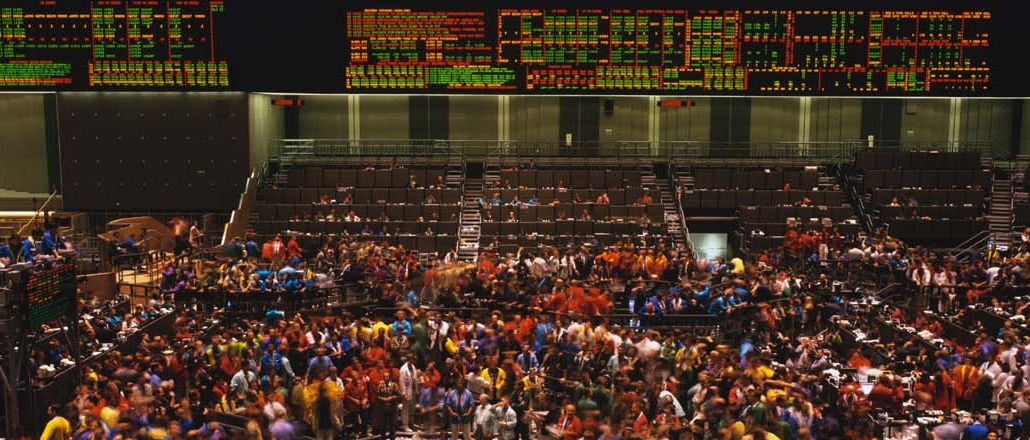Save 50% on a 3-month Digiday+ membership. Ends Dec 12.

For many publishers, header bidding has become synonymous with boosting yields on programmatic ads. Most publishers in the U.K. and U.S. use it in some shape or form, or plan to in the next year, according to an AOL report in August.
And it’s no wonder, given the short-term revenue bumps publishers are gaining. MailOnline is a prolific user of the technique, which lets multiple ad tech companies compete for publisher inventory simultaneously. In turn, this competition bumps up the prices. U.K. newspaper publisher Trinity Mirror credits header bidding with a 17 percent rise in programmatic revenues across display advertising. Business Insider, which has been using the method for the last four months globally, has seen yields rise as much as 20-30 percent in some cases.
Naturally, with any hype around new tech, there are downsides. Here are four:
Page-latency issues
Header bidding involves adding an extra bit of JavaScript to a publisher’s site header. Any new code to a site naturally risks increasing page latency, something publishers have been working hard at stamping out. One of the latest products to come out of the rise of header bidding is the wrapper tag. This sits in the publisher’s browser, and multiple demand sources can plug in.
It’s meant to make things simpler and reduce page latency because it’s one, rather than multiple pieces of code. But the more demand sources added to the wrapper tag, the bigger the risks.
“Integrating multiple partners creates more work, more resource and more latency, so it is worse for the user experience. As ever, publishers will be trying to balance good user experience versus increasing revenue,” said Julian Childs, managing director of Business Insider U.K. Once you go too far with too many demand sources, bid times will likely slow, as will the ad loading, and there’ll be diminishing returns, he added.
Higher yields often taper off
Header bidding lets all the players in the auction see the impression at the same time, which creates volume challenges and will ultimately generate impressions where the only difference is price, according to Dan Wilson, vp of monetization at Blis Media. “These prices will homogenize over time,” he said.
“SSPs in the header-bidding auction need to put a price in. It’s in their interests to get this as high as possible because it’s binary for the SSP — they either win or they don’t, there’s no waterfall. But as all the SSPs work out a ‘price’ for the impression, the law of diminishing return will kick in: Increase the price too much, and the demand stops bidding. They will rapidly work out the price elasticity of an impression,” he added.
The end result: The revenue bump publishers have seen to date may well evaporate.
Rising infrastructure costs
The revenue gains publishers stand to make with header bidding is unquestioned, but the long-term value is far from certain for both sides of the buy and sell fence, according to Jay Stevens, chief revenue officer of header-bidding provider Adform.
For starters, header bidding racks up infrastructure challenges for the supply-side platforms. That’s because publishers will stack a number of SSPs together to send out the simultaneous bid requests of impressions they see, to the demand-side platforms. Those DSPs will then make their bids, and the publisher will get a good CPM. But the SSPs are having to shoulder the infrastructure cost of sending out the same bid requests as multiple other providers, for the same impression, according to Stevens.
“Header bidding is interesting in that it opens up the entire inventory stack to buyers so that every buyer has the opportunity to see every impression from a user session on a particular publisher site,” Stevens added. “However, it does create a tremendous amount of additional infrastructure challenges and potential latency issues. It also migrates the ecosystem to a first-price auction as publishers are using this largely as a short-term revenue gain. It’s questionable what the long-term value will be.”
Exposing programmatic bad practices
Programmatic trading on the open exchanges has given rise to all sorts of bad practice, one of which falls within the second-price auction. In theory, this is when buyers bid on a publisher’s inventory and whoever wins the bid pays one cent more than the second-highest bid, also known as the clearing price. The long and short of this is that second bids can be manipulated to look like they’re worth to create more SSP margin.
“The SSPs that are transparent on margins or have no hidden tech fees will be the ones that benefit” said Stevens.
[soundcloud url=”https://api.soundcloud.com/tracks/287167606″ params=”auto_play=false&hide_related=false&show_comments=true&show_user=true&show_reposts=false&visual=true” width=”100%” height=”450″ iframe=”true” /]
More in Media

Technology x humanity: A conversation with Dayforce’s Amy Capellanti-Wolf
Capellanti-Wolf shared insight on everything from navigating AI adoption and combating burnout to rethinking talent strategies.

How The Arena Group is rewriting its commercial playbook for the zero-click era
The company is testing AI-powered content recommendation models to keep readers moving through its network of sites and, in doing so, bump up revenue per session – its core performance metric.

Media Briefing: Why publishers are flocking to Substack
The Economist, The FT, The New Yorker and others have recently launched Substack newsletters, with varying strategies to find new audiences.





